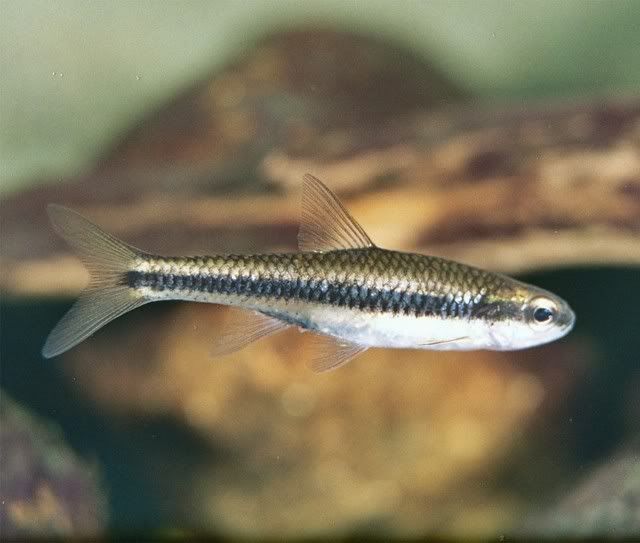Naturally, there is concern about "wreaking havoc" on the environment. I found this very interesting quote from the aquaculturist in charge in the Gulf of Maine Times
"The biggest concern is whether the introduced sunfish might escape their intended waters, overpopulate and wreak havoc on ecosystems. That’s unlikely, says Bill Mebane of the Marine Biological Laboratory (MBL). He explains that the sunfish require both low-mineral and highly acidic water to reproduce—water found in only a few natural settings, including cedar swamps and peat or cranberry bogs. There is little chance of the sunfish reproducing outside the acidic bogs where they will be introduced, and where they are found in small numbers today. “The chances are slim to none,” he says, that the sunfish will escape their intended habitat, swell in numbers, and compete with other species."
I'm not sure if he's being disingenuous to placate the doubters or if he believes it, but I've got news for him; I find E. obesus in many different waters in Ma, not just cedar swamps or cranberry bogs.
Nevertheless, it is a cool idea, if of dubious merit. Probably wouldn't help the bug problem much but it might raise awareness of an otherwise little known native specie [and one of my personal favorites
I plan to email the mosquito control guy to see how the project turned out. I'll report here if he gets back to me.
Edited by mikez, 12 February 2009 - 09:23 AM.








